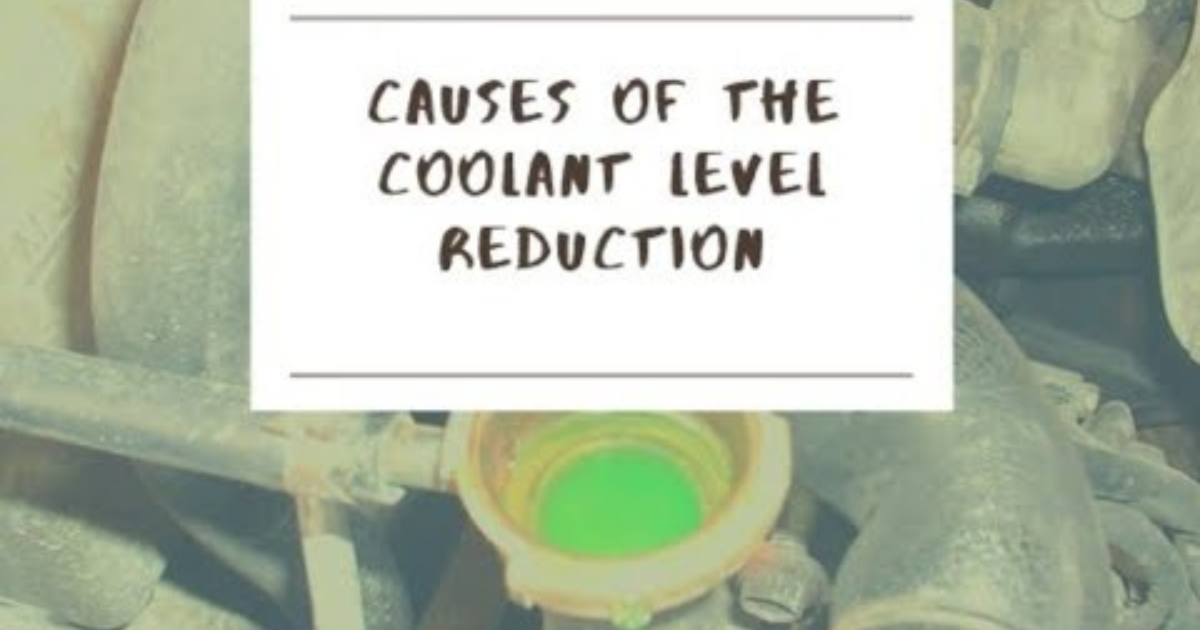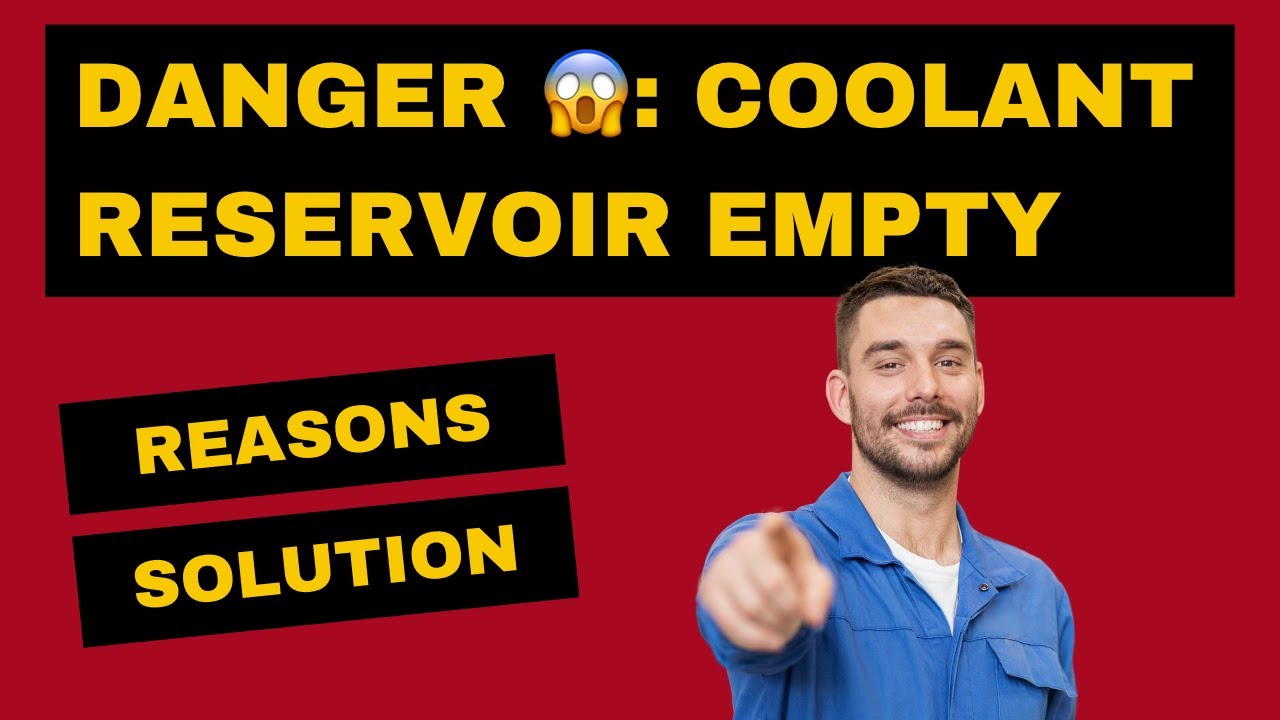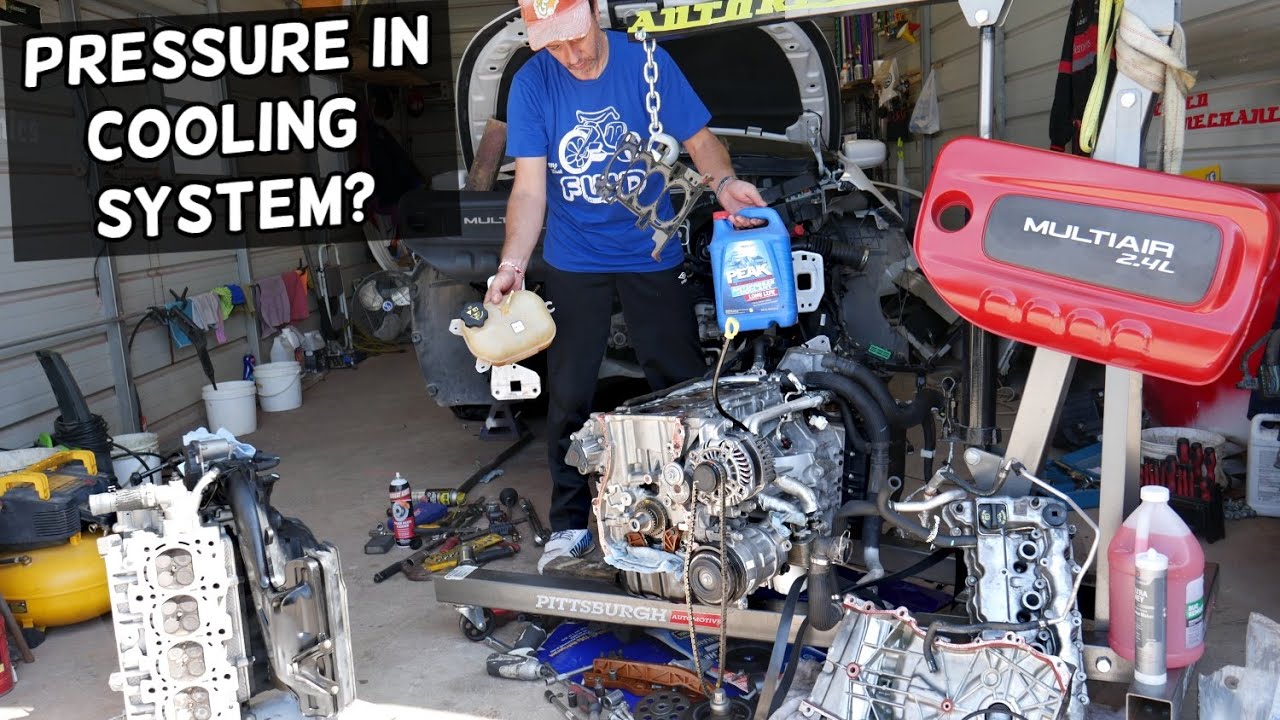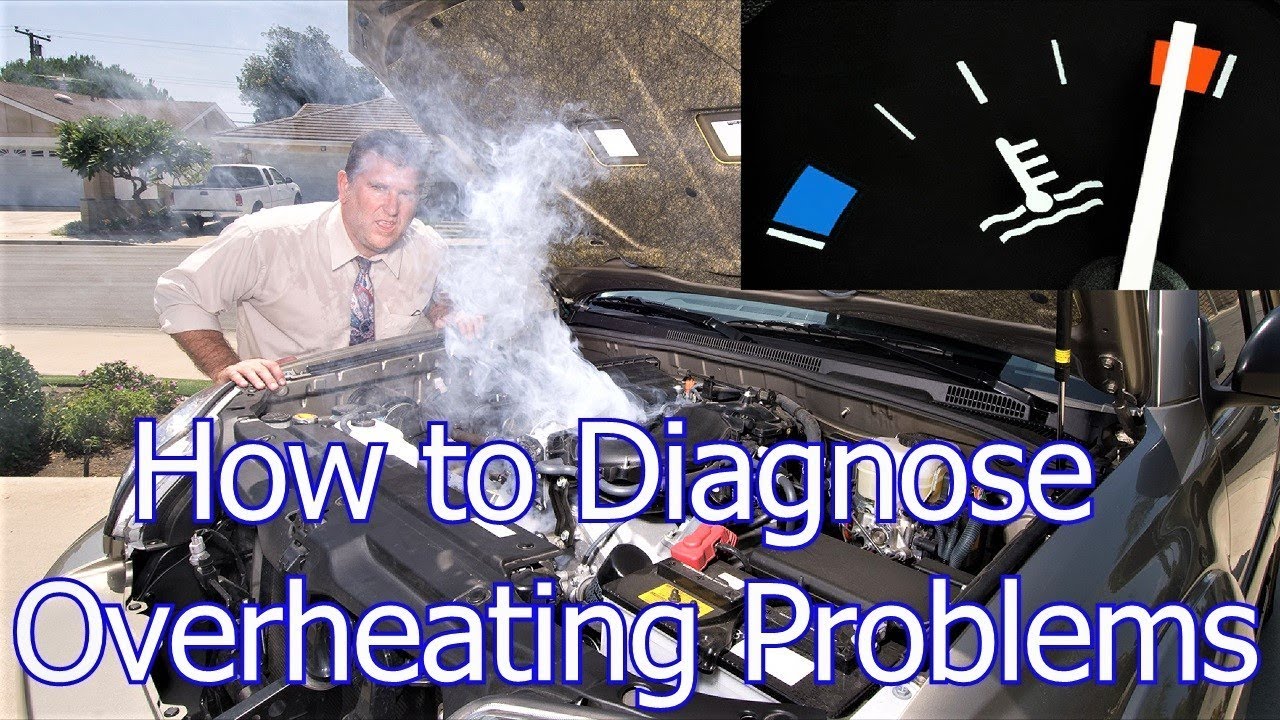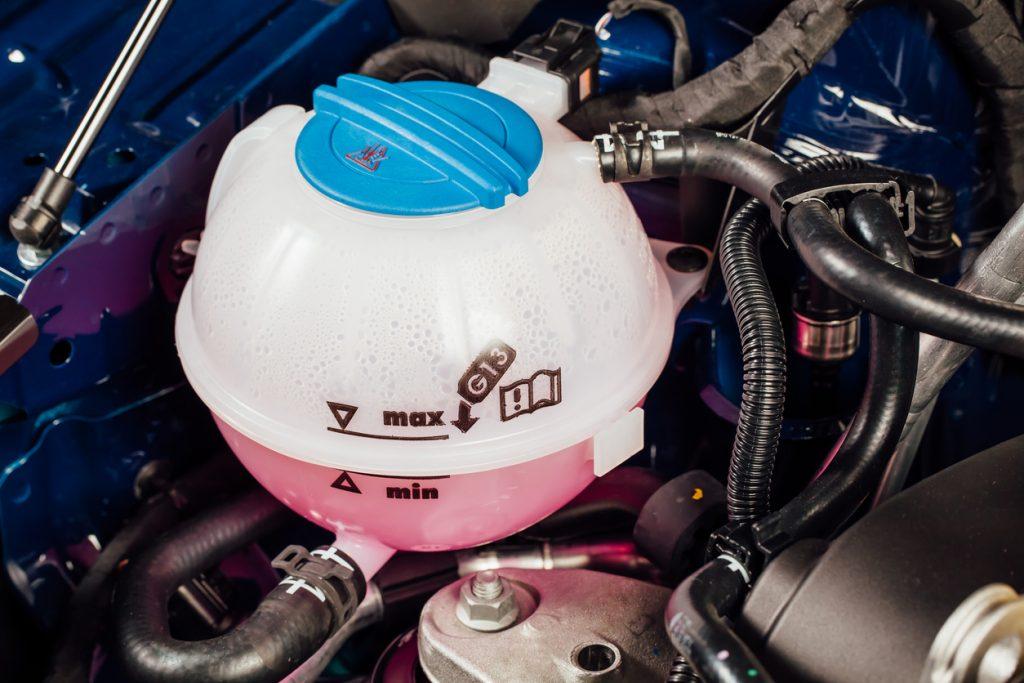
As important as fuel and engine oil are, automotive coolant is too. Internal combustion, mechanical parts moving, electric coil generating current, and air conditioning unit heating a car engine. Direct external air enters the hood from the front grill or specialized Air Intake Systems that absorb the most air and throw it off the engine to cool it. Coolant cools an engine’s interior machinery while air cools its exterior.
The main purpose of coolant is to lower engine temperature in summer and raise it in winter in harsh regions. Coolant levels should be healthy, but various factors can lower them. A layman often asks how much coolant loss is normal and how to keep it within limits. First, let’s examine the coolant loss reasons.
Possible coolant loss cause
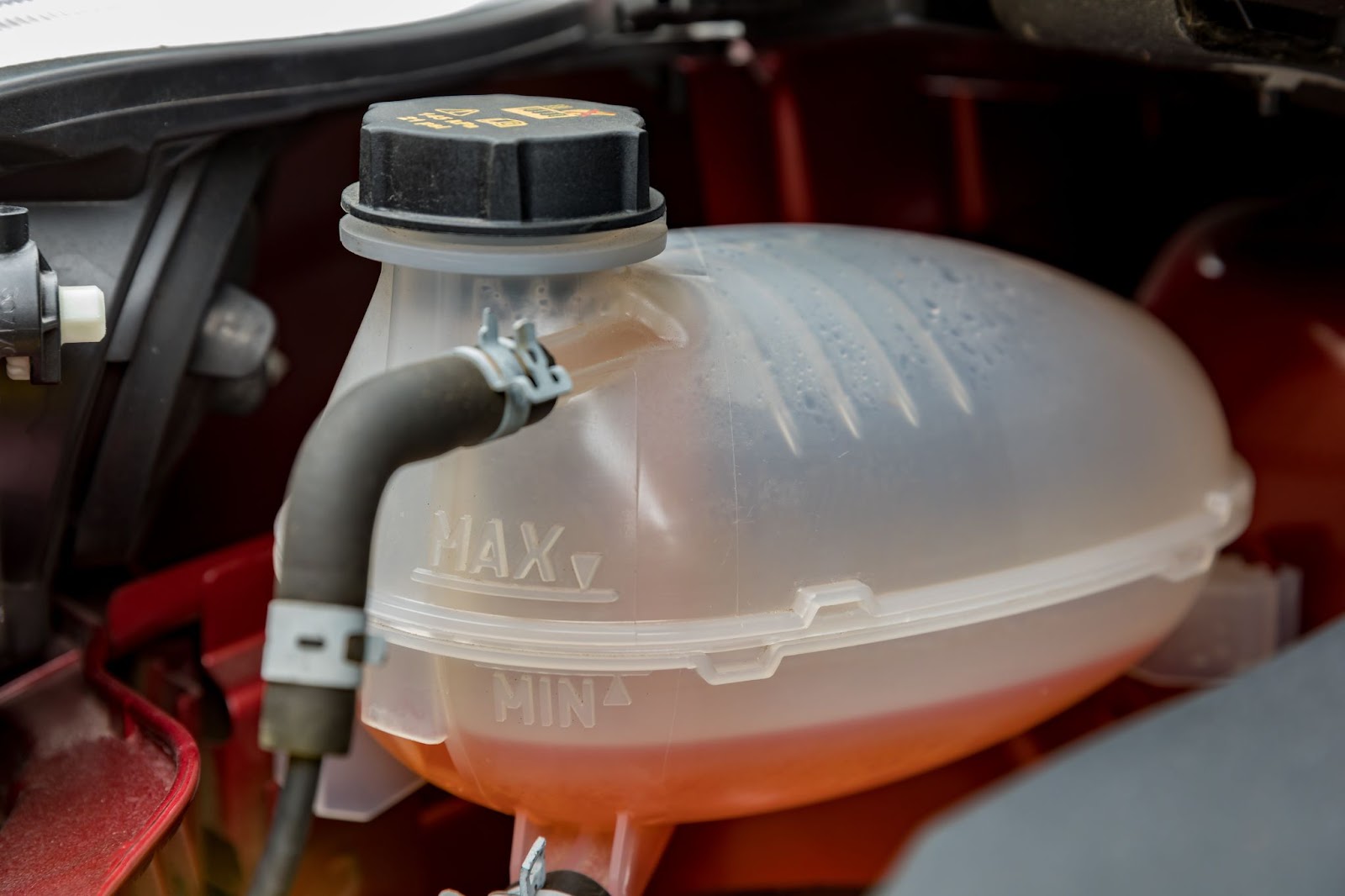
A coolant leak causes engine overheating, which leads to engine failure and expensive car repairs. Using the improper coolant or driving with a low reservoir level will overheat the engine. Coolant leaks can be caused by engine condition, external factors, driver carelessness, or engine component failure. These are unacceptable coolant losses, but the auto caretaker is confused by the sometimes minimal coolant evaporation rate. Let’s investigate coolant loss causes.
Head Gasket
Blown head gaskets cause the most engine damage. The head gasket is damaged or worn out, causing the coolant level to decrease rapidly. The exhaust system and catalytic converter are damaged when coolant burns in the engine’s combustion chambers. When the head gasket bursts, coolant enters the combustion chamber, damaging the engine block or cylinder head and creating white smoke.
Faulty Reservoir Cap
Rusty radiator caps and worn rubber reduce coolant evaporation. The radiator cap maintains the coolant level and reservoir pressure so the coolant can flow normally around the hose. If damaged, coolant escapes and reservoir pressure drops, triggering a dashboard warning light. Check the reservoir cap biannually for rust or rubber damage and replace it after two years.
Worn Radiator Hoses
The radiator hoses are close to the engine and heat up when it runs. Coolant can leak from cracked or bursting hoses. This creates a low coolant warning, and the constant leakage damages the head gasket, causing engine failure.
Radiator Leaks
Aluminum radiators are lightweight but can handle engine compartment pressure and hot and cold coolant temperatures. High temperatures smash the radiator. Due to poor coolant, water deteriorates the radiator walls. Rust holes radiators, causing leaks.
What is considered normal coolant loss?
Coolant leaks are inevitable with radiator or engine faults, however, reduced coolant levels may not leak. Due to an overflow reservoir, a small amount of coolant may evaporate. However, coolant flows within the engine and radiator, and chemical agents lose their natural balance and evaporate without leakage at high temperatures. Engine coolant evaporates more with age. Normally, the coolant level lowers to 0.25% every 4 months for every year an engine is running well and without leaks or damage.
Each quarter, 0.25 inches, equals 1 inch every year. Extreme temperatures change the Coolant’s water element into steam, causing evaporation. So, clean the radiator and change the coolant every couple of years to maintain engine life.
